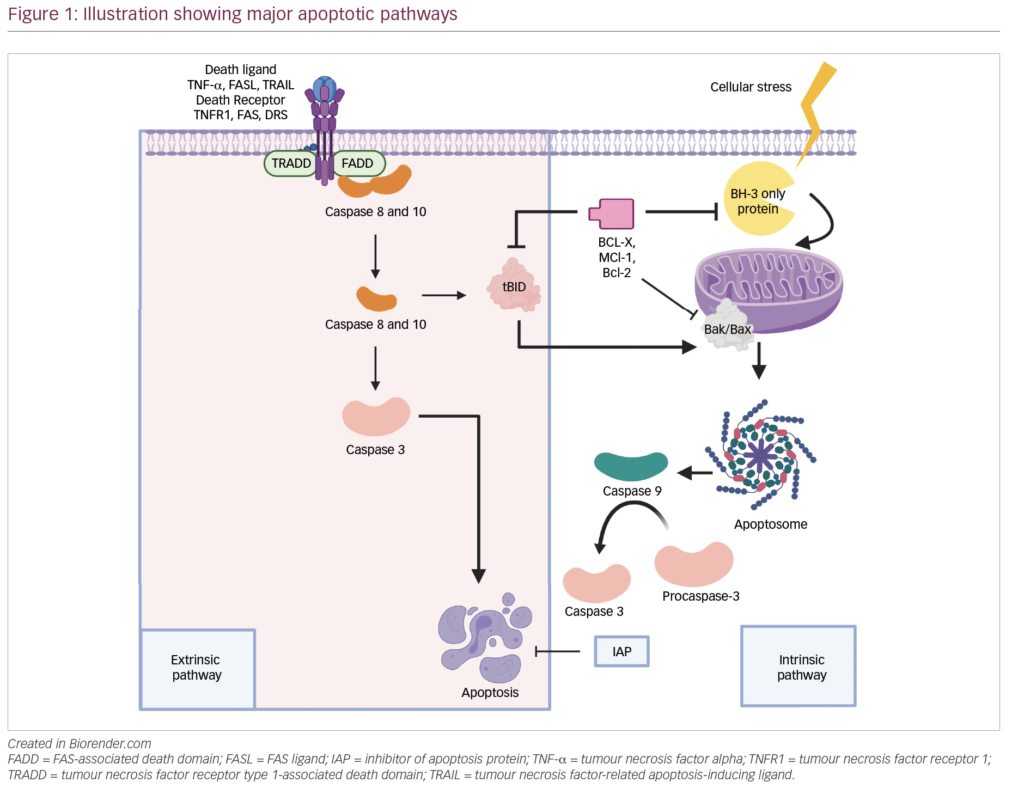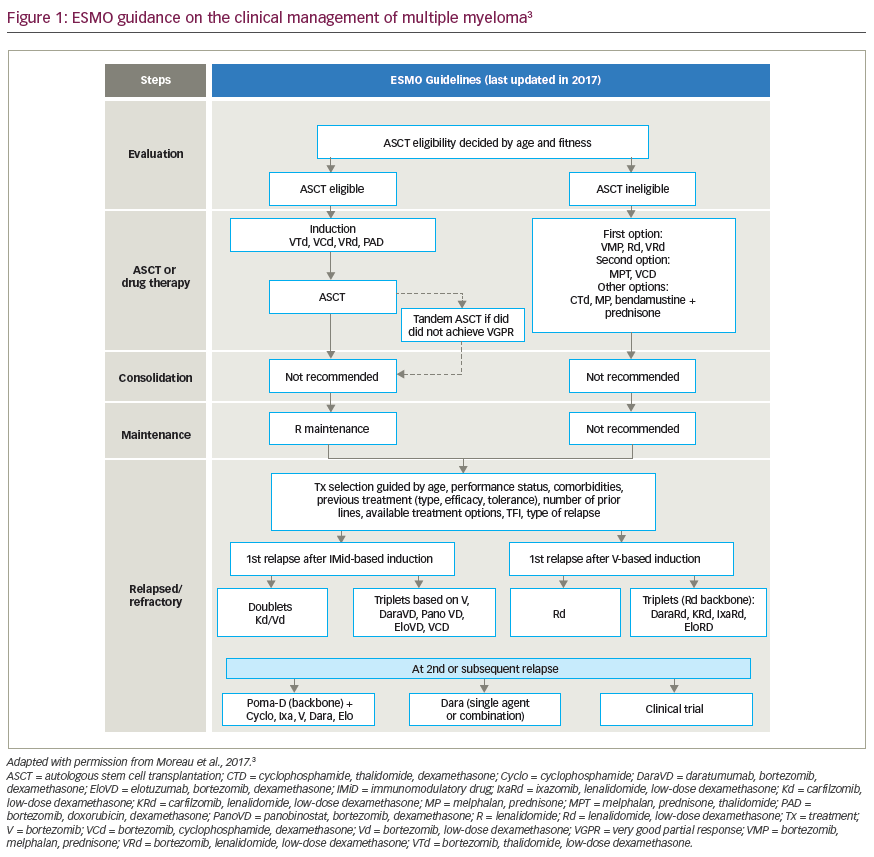Smoldering myeloma is an asymptomatic clonal plasma cell disorder that is characterized by the presence of ≥3 g/dl serum M-protein and/or 10–59% bone marrow plasma cell infiltration, and is a precursor stage to multiple myeloma.1 Historically, patients with smoldering myeloma have not received treatment until symptomatic disease has developed because many of them have a low risk of progression to myeloma within 5 years. However, a high-risk smoldering myeloma group can be identified, and may benefit from earlier intervention.2,3 In an expert interview, Dr Shaji K Kumar discusses the risk factors for progression of smoldering myeloma to multiple myeloma and preventative strategies to avoid this progression.
Q. What percentage of patients with smoldering myeloma go on to develop multiple myeloma, and what are the known risk factors for progression?
Nearly half of patients with smoldering multiple myeloma will progress to active myeloma in the 5 years after the diagnosis. Another 15–20% will have disease progression during the subsequent 5 years.1 Of the remaining patients there is a steady risk of progression of about 1% per year which is similar to what we see in monoclonal gammopathy of undetermined significance.1,2
Over the years, multiple factors have been identified that can predict the risk of progression in patients with smoldering multiple myeloma. These include the type of monoclonal protein, the size of the monoclonal protein, serum free light chain ratio, the presence of immunoparesis, abnormalities on imaging studies, presence of circulating plasma cells, and specific genetic abnormalities, among others.1 Recent studies have continued to develop clinically usable risk stratification systems such as the International Myeloma Working Group classification system for smoldering myeloma.4
Q. What is the current standard of care for smoldering myeloma?
The current standard of care for smoldering multiple myeloma is careful and close observation. When patients are first diagnosed with smoldering myeloma, it is hard to distinguish between disease that is rapidly evolving versus true smoldering multiple myeloma. We recommend repeat testing approximately 3 months later to obtain a good sense of the trend. If there is stability in the disease, then these patients can be followed every 3 months. Once patients have been followed for 5 years or more with no significant change, the frequency of observation can be reduced. Beyond 10 years, patients have a much lower risk of progression and can be followed in a similar way to our approach for monoclonal gammopathy of undetermined significance.
Q. What have been the findings to date of studies investigating pembrolizumab as a prevention strategy to avoid progression to multiple myeloma among patients with smoldering myeloma?
Pembrolizumab has been studied in combination with immunomodulatory drugs like lenalidomide and pomalidomide in patients with multiple myeloma. In two different phase III trials, this drug did not demonstrate any efficacy and these trials were closed.5 At this time, it is being studied in combination with other drugs, but there is no clear activity so far. One can hypothesize that early intervention with a checkpoint inhibitor might enhance the immune response in a beneficial manner and prevent disease progression. However, we do not have any proof at this time.
Q. What have been the findings to date of the study investigating the anti-CD38 antibody isatuximab in smoldering myeloma?
These studies are still in their infancy. Daratumumab is another
anti-CD38 antibody that is currently being investigated in phase III trials in patients with smoldering multiple myeloma, both alone and in combination with lenalidomide (ClinicalTrials.gov Identifer: NCT03301220).6
Q. What other investigational strategies appear promising?
Lenalidomide and dexamethasone was studied in patients with high-risk smoldering multiple myeloma by a Spanish group.7 They demonstrated an improved overall survival in patients with high-risk smoldering multiple myeloma with early intervention. A subsequent trial has compared lenalidomide alone with observation, and the results of the trial should be available in the near future. There are several phase III trials that are ongoing or being planned that will examine the role of monoclonal antibodies and oral proteasome inhibitors in patients with smoldering multiple myeloma. Other studies are looking at better understanding the biology of progression and identification of disease targets that might be amenable to therapeutic intervention.8,9














